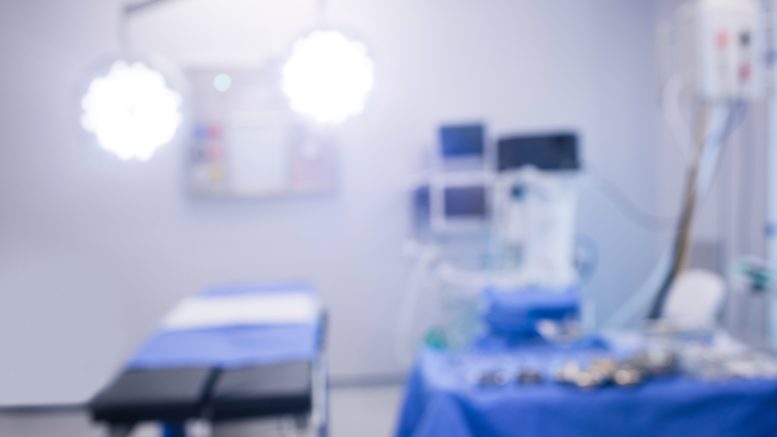The results of a recent study could make a significant contribution to combating COVID-19 and have now been published in Advanced Nano-Biomed Research, a journal that is part of the Advanced Science series.
It is generally known that coronaviruses are primarily transmitted via the air. However, several studies have now also identified transmission through contaminated surfaces as an important factor. There is increasing evidence that they can play a key role in the spread of viral infections. So far, however, little is known about the physical-chemical mechanisms of the interactions and how these interactions influence the viability and infectivity of the viruses," explains physicist Dr Adrian Keller, who heads the Nanobiomaterials working group at Paderborn University. According to Keller, appropriate knowledge is not only important with regard to the development of antiviral coatings, but also for the adaptation of sterilization and disinfection protocols when, for example, there are shortages of personal protective equipment and disinfectants.
Using high-speed atomic force microscopy, the researchers can visualize the so-called adsorption, diffusion and interaction dynamics - basically the movement behavior - of various biomolecules. "Specifically, we are looking at the adsorption of virus particles on abiotic, i.e. non-living, surfaces. One particular SARS-CoV-2 protein subunit plays a key role in this, namely the outermost point of the pathogen's characteristic spiked shell," Keller says.
The surfaces in the experiments were oxide single crystals that were intended to imitate different germ carriers and were brought into contact with protein-containing electrolytes. The latter resembled human mucosal secretions in their properties. Keller explains: "The electrolytes served as carrier fluids for the isolated proteins. Their salt concentrations and pH values were adjusted so that they resembled those of saliva or mucus. The adsorption of the proteins on the surfaces occurs in these media and is intended to simulate the process of coughed-out, virus-laden droplets landing on surfaces."
One of the most significant results is that the adsorption of the spike protein on the oxide surfaces is controlled by electrostatic interactions. Keller explains: "Among other things, this leads to the spike protein adsorbing less strongly on aluminium oxide than on titanium oxide. Under the same conditions and incubation times, the titanium oxide surface therefore has more proteins than the aluminium oxide surface. However, electrostatic interactions can be suppressed relatively easily, for example in concentrated salt solutions. We assume that these correlations between the surface and the spike protein also play a key role in the initial attachment of complete SARS-CoV-2 virus particles to the surfaces. However, after this initial contact, other processes mediated by other proteins may become more important."
According to Keller, however, further studies are required: "To fully elucidate the hierarchy of interactions involved, studies at the molecular level using different isolated envelope components as well as complete SARS-CoV-2 virus particles are necessary."

Be the first to comment on "Contaminated Surfaces as a COVID-19 Risk Factor"